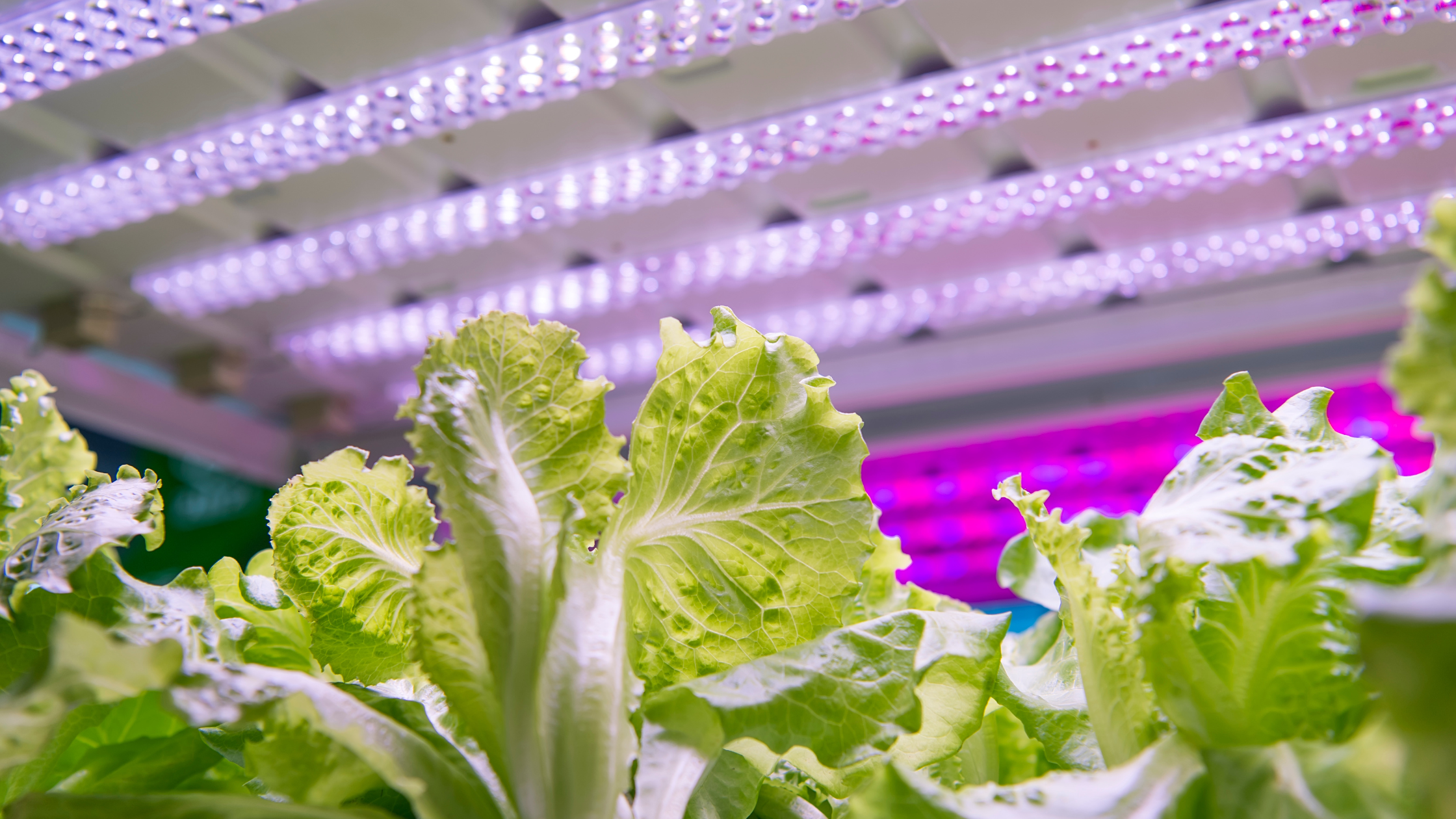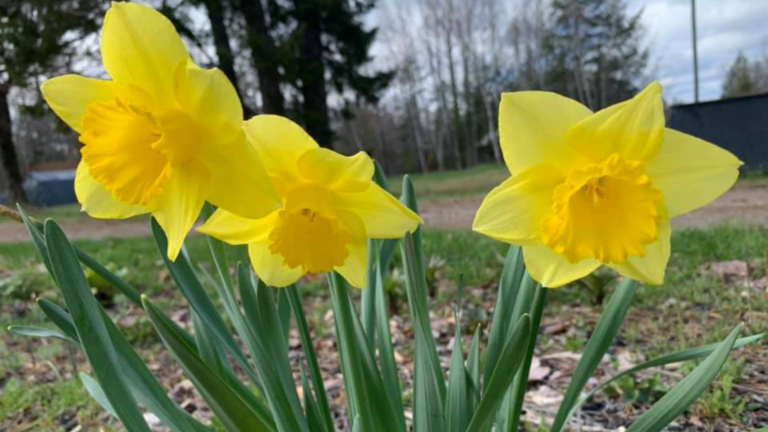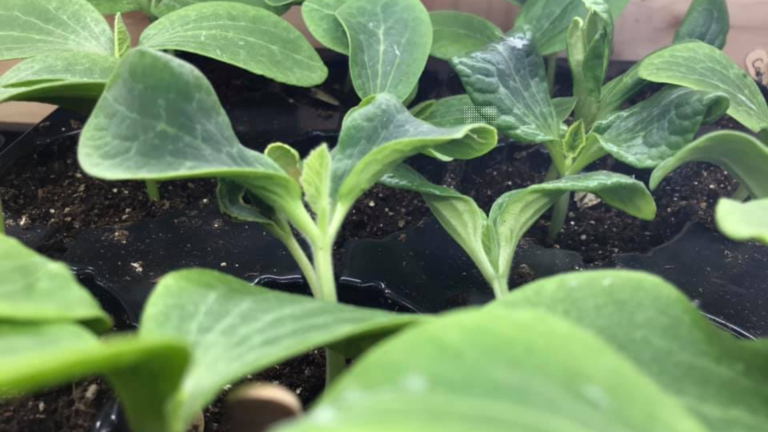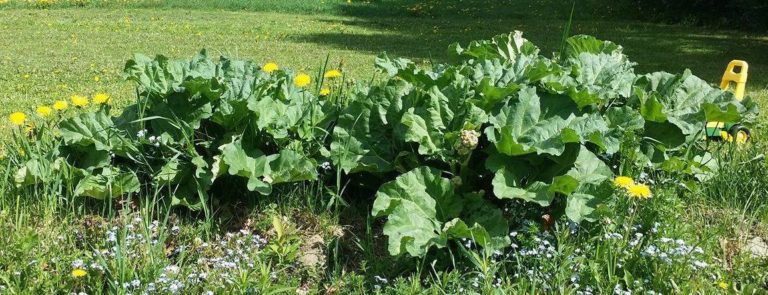The Benefits of Using Natural Light vs. Artificial Lighting For Your Indoor Garden
Let’s break down the pros and cons of natural light vs. artificial lighting for your indoor garden so that you can make the best decision for your garden. Gardening is a great way to get closer to nature, even if you don’t have a yard or live in an apartment. But what about lighting?
Is it better to use natural light or artificial lighting for your indoor garden? When it comes to gardening indoors, there are two types of light sources available: natural and artificial. Both offer their own advantages and disadvantages, so let’s examine each one more closely.
This post contains affiliate links, which means I receive a small commission, at no extra cost to you, if you make a purchase using this link. Please see my disclosure for more details.
The benefits of using natural light for indoor gardening
Natural light is free and helps your plants photosynthesize, which increases their growth rate. Natural light also provides a more natural environment for them and helps keep their colors vibrant.
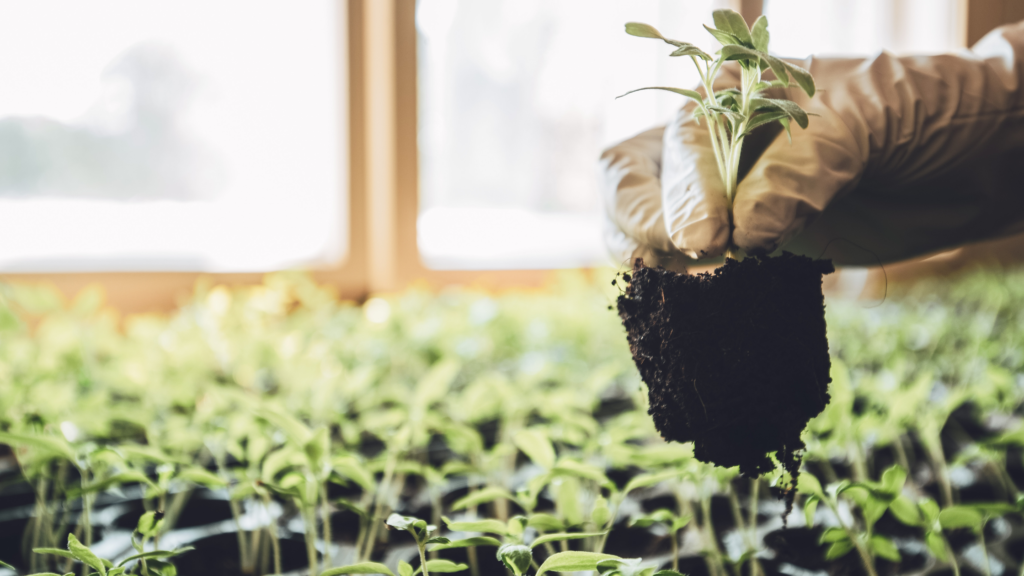
Benefits of using natural light for your indoor garden:
- Free source of light
- Increases growth rate of plants
- Provides a more natural environment for the plants
- Keeps colors vibrant and alive
- Helps the plants photosynthesize
The downside is that sometimes the sun can get too hot or there isn’t enough of it, especially during the winter months. Not enough sunlight can lead to leggy seedlings or the yellowing of leaves.
How to best use natural light in your home garden
If you’re looking to make the most of natural light for your indoor garden, try to find an area that receives direct sunlight like a large window sill. A south or west-facing window should give you the appropriate 5 – 6 hours of direct sunlight needed for most plants.
A kitchen window can also look fantastic when starting your winter indoor herb garden!

Don’t overdo it though as too much sun can cause leaf burn or wilt. You can also move the plants around during different times of the day to ensure they get enough light without getting too much.
The benefits of using artificial lighting for indoor gardening
For those who don’t have access to natural light or simply want more control over their lighting, artificial lighting can be a great option. Artificial lights provide consistent illumination that won’t vary with the weather and you can choose various spectrums of light to benefit different types of plants.
Benefits of using artificial lighting for your indoor garden:
- Consistent source of light
- Can choose from different spectrums
- More control over intensity and duration
- Different bulbs can be used for different stages in the growth cycle
- Easy to switch on/off and move around as needed
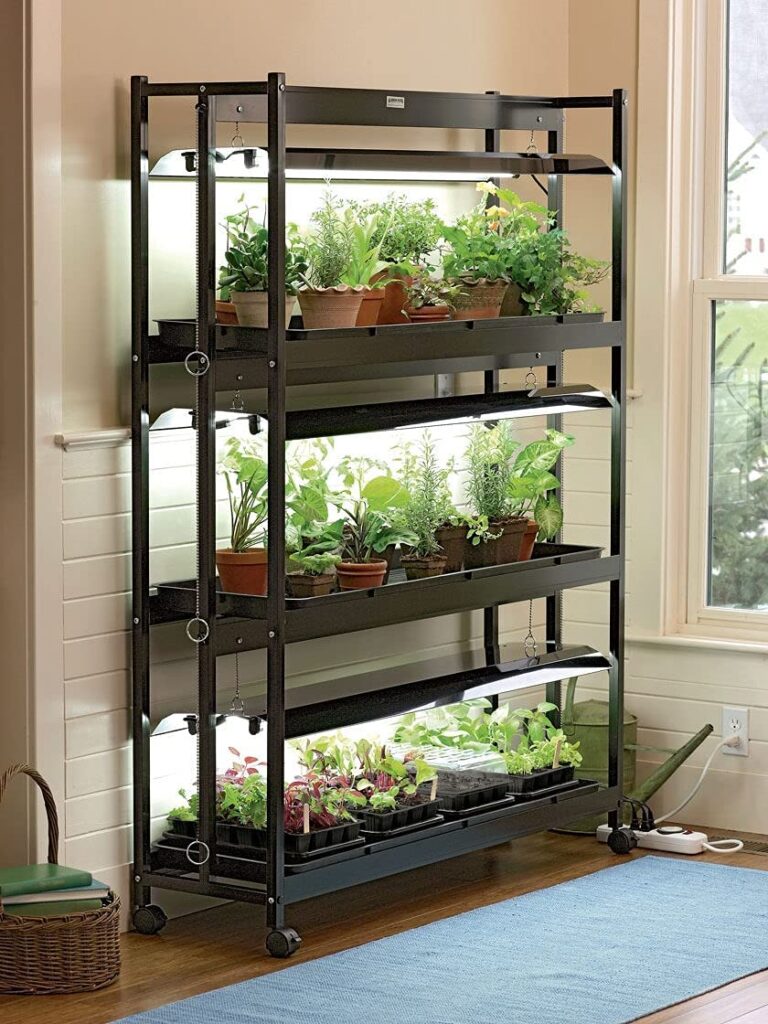
The downside is that artificial lights are more expensive than natural light and require electricity, so they should only be used if absolutely necessary.
How to best use artificial light in your home garden
When it comes to artificial lighting, there are several different bulbs to choose from. LED and fluorescent lights provide a spectrum of light that is beneficial for most plants, while high-pressure sodium lights provide more intense light that can help with blooming and fruiting.
The type of bulb you choose should depend on the type of plants and seeds you’re growing and what stage in its growth cycle it is in. Make sure to research your plants’ needs before deciding on a light source as some may require higher intensity or specific spectrums of light.
When to use natural light and when to use artificial light
When deciding between natural light vs. artificial lighting for your indoor garden, it’s important to consider the needs of your plants. If you have access to an area with plenty of natural light, then this is usually the best option as it’s free and provides a more natural environment for the plants.
However, if you don’t have access to enough natural light or want better control over the intensity or spectrum of light, then artificial lighting may be a better option. Artificial lights provide consistent illumination that won’t vary with the weather and you can choose from various spectrums of light to benefit different types of plants.
Whether you decide on natural light or artificial lighting, both offer unique benefits and should be considered when deciding on the best way to light your indoor garden. Ultimately, it’s up to you as the gardener to decide which lighting source is best for your plants and your home.

Different artificial light source kits to consider
- 3-Tier Stand Sunlite Light Garden with Plant Trays – This kit comes with three adjustable levels of lighting that can be used to simulate natural light. This is perfect for starting seedlings or growing small plants indoors.
- Sowinski 5 Heads LED Full Spectrum Plant Light with Stand and Adjustable Gooseneck – This light source comes with five adjustable LED heads that can be used to provide optimal lighting for different types of plants. The stand is adjustable and the gooseneck allows you to adjust the angle of the lights as needed.
- SunBlaster LED Indoor Micro Growlight Garden – This kit comes with an LED strip light that can be used to provide a full spectrum of light for your plants. It is a tabletop setup and is perfect for those with minimal space.
- Phlizon 600W LED Plant Grow Light, with Thermometer, Humidity Monitor, and Adjustable Rope – This light source comes with a thermometer and humidity monitor to help you keep an eye on your plants’ environment. The adjustable rope allows you to adjust the height of the light as needed.
The Last Thing You Need To Know About Using Natural Light vs. Artificial Lighting For Your Indoor Garden
When it comes to lighting your indoor garden, natural light and artificial lights both have their own unique benefits. Natural light is free and provides a more natural environment for the plants but may not be accessible in all areas or provide enough intensity or spectrum of light for certain types of plants.
On the other hand, artificial lighting can give you better control over the intensity and spectrum of light that your plants need as well as long-term consistency which is important for some stages in a plant’s growth cycle.
Ultimately, when deciding between natural light vs. artificial lighting for your indoor garden, consider what type of plants you are growing and what stage they are at before making your decision so that you can ensure optimal conditions for them to thrive indoors! Happy Gardening! 🌱 🌻

